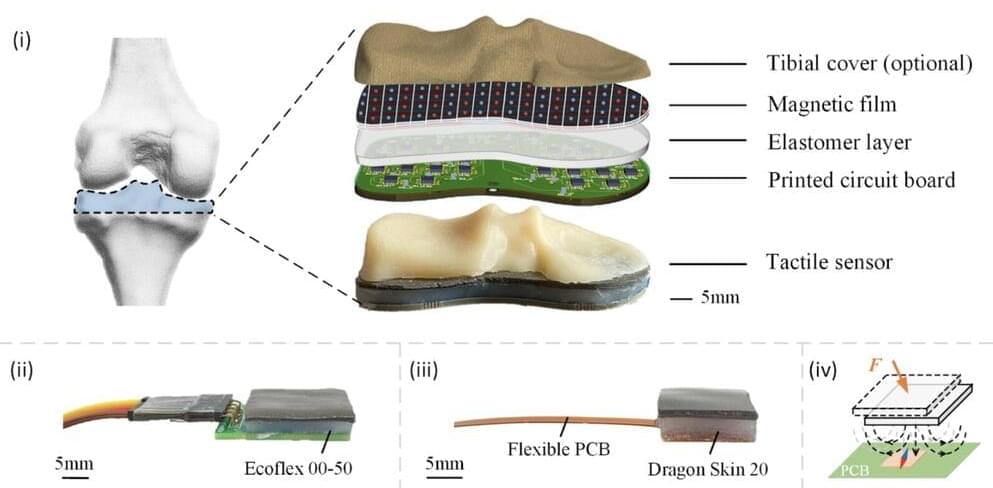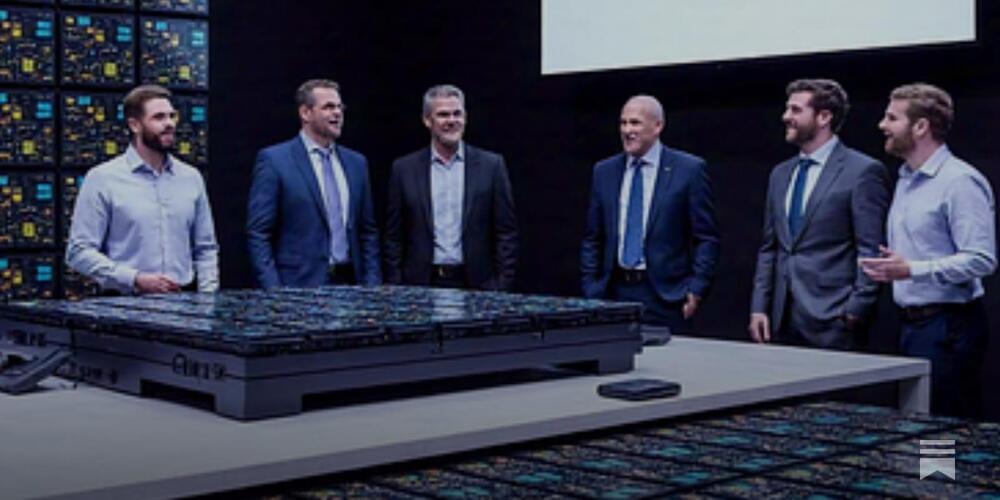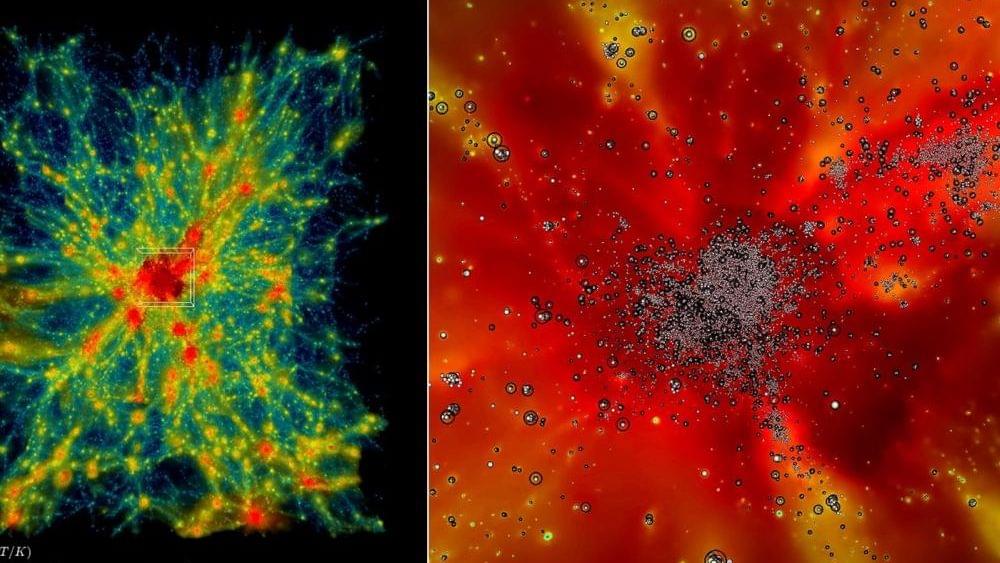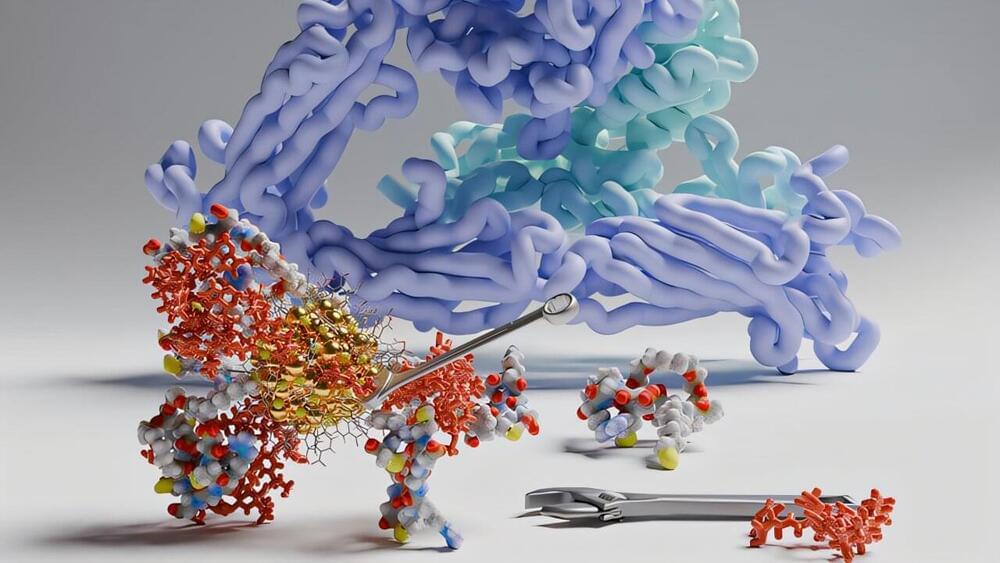Google has unveiled a quantum computing chip, “Willow,” capable of performing tasks in minutes that would take supercomputers 10 septillion years. This breakthrough in error correction marks a significant step towards practical quantum computing, with potential applications in drug discovery, fusion energy, and climate change solutions.
Google on Monday showed off a new quantum computing chip that it said was a major breakthrough that could bring practical quantum computing closer to reality.
A custom chip called “Willow” does in minutes what it would take leading supercomputers 10 septillion years to complete, according to Google Quantum AI founder Hartmut Neven.
“Written out, there is a 1 with 25 zeros,” Neven said of the time span while briefing journalists. “A mind-boggling number.”








